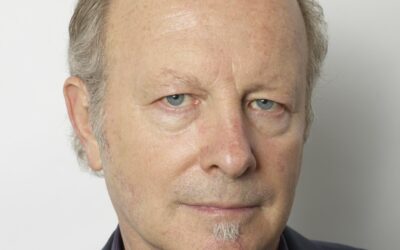What is Demisexuality?

Demisexuality is a sexual orientation on the asexual spectrum, characterized by the need for a strong emotional bond before experiencing sexual attraction. For demisexual individuals, physical appearance and sexual desire are not the primary drivers of attraction; instead, a deep, emotional connection is necessary for sexual feelings to develop. This article aims to shed light on demisexuality and provide insights into this often misunderstood sexual orientation.
Key Characteristics of Demisexuality
Emotional connection is essential:
Demisexual individuals do not experience sexual attraction based on physical appearance alone. They require a strong emotional bond to feel sexually attracted to someone.
Attraction develops over time:
As emotional intimacy grows, a demisexual person may start to experience sexual attraction towards their partner. This process can take a significant amount of time and varies from person to person.
Limited sexual attraction:
Demisexual individuals may experience sexual attraction less frequently than allosexual individuals (those who experience sexual attraction without the need for an emotional bond).
Distinct from celibacy or abstinence: Demisexuality is a sexual orientation, not a choice to abstain from sexual activity. Demisexual individuals may engage in sexual activity once a strong emotional connection has been established.
Challenges Faced by Demisexual Individuals
Misunderstanding and invalidation:
Demisexuality is often misunderstood or dismissed as a “normal” experience, leading to feelings of invalidation and isolation.
Pressure to conform to societal norms:
In a society that often prioritizes physical attraction and sexual desire, demisexual individuals may feel pressured to engage in sexual activity before they are emotionally ready.
Difficulty navigating dating and relationships:
Demisexual individuals may struggle to find compatible partners who understand and respect their need for emotional connection before sexual intimacy.
It’s important to recognize that demisexuality, like other sexual orientations, exists on a spectrum. Some demisexual individuals may experience rare instances of sexual attraction without a strong emotional bond, while others may never experience sexual attraction at all.
If you think you may be demisexual, know that your experiences and feelings are valid. Seeking out resources, such as online communities and support groups, can help you connect with others who share similar experiences and provide a sense of belonging.
Ultimately, understanding and accepting your sexual orientation is a personal journey. By embracing your demisexuality and communicating your needs and boundaries to partners, you can build fulfilling, emotionally intimate relationships that align with your unique desires and experiences.
Types of Therapy
























0 Comments